NATO announced it would increase its strength to "protect every inch of territory" after Russia launched a war in Ukraine, but the plan has so far made little progress.
A NATO transport plane took off from France early in the morning, flying east over sleepy cities until it was just 100 miles from the Russian border. From the plane, French paratroopers jumped one by one into the fields of the Estonian countryside.
This is part of a landing exercise in May aimed at strengthening NATO's strength and response capabilities in the event of an attack on an alliance member, part of the commitment to "protect every inch of territory" that the world's largest military bloc has made.
Before Russia launched its military campaign in Ukraine early last year, NATO’s multinational force stationed in the Baltic states and Poland served as a “barbed wire fence,” large enough to signal that any attack would be met with a collective response and strong enough to slow the enemy’s advance while reinforcements arrived.
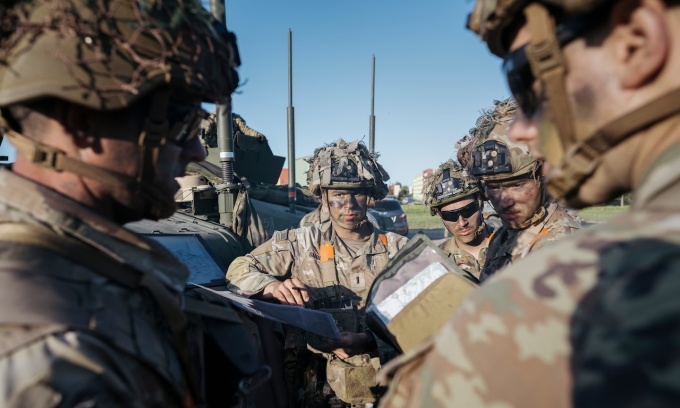
US soldiers participate in an exercise in Kadrina, Estonia, on May 19. Photo: Washington Post
Witnessing Russia's large-scale war in Ukraine, NATO believes that the "barbed wire fence" is not enough and wants to conduct an overhaul to strengthen defense capabilities, to send a strong message to Moscow as well as reassure allied countries.
“The goal is to send a clear signal to Russia that we are ready from the first day of conflict, don’t even think about touching us,” Estonian Prime Minister Kaja Kallas said in an interview with the Washington Post.
After more than a year, NATO is working to train reserve forces to be able to deploy to border countries more quickly, as well as starting to calculate plans to deploy heavy weapons and equipment that paratroopers cannot carry on their bodies.
But the alliance has yet to commit to the number of troops some member states want. Interviews with a range of senior officials, as well as former NATO officials and analysts, suggest the alliance’s overhaul still has a long way to go.
“The only measure of effective deterrence is being able to respond faster than Russia in a critical location, and we haven’t been able to do that yet,” said Ben Hodges, a former commander of US forces in Europe. “Maneuverability is still an issue. NATO can maneuver better than it did five years ago, but not enough to make a difference.”
Following the outbreak of the Russia-Ukraine conflict, NATO has reinforced its eastern flank in part by establishing additional battle groups in four countries: Bulgaria, Hungary, Romania and Slovakia. According to NATO spokeswoman Oana Lungescu, the alliance now has eight battle groups with about 10,000 active troops, double the number in 2021.
The bloc has also deployed dozens of additional warships and hundreds of fighter jets to the Baltic states on its eastern flank, which do not have their own fighter jets. It has also deployed an “unprecedented” number of ground-based air defense systems, including Patriot missiles.
But NATO members remain confused about many other aspects of their strategy to strengthen territorial defense.
Secretary General Jens Stoltenberg announced at last year's NATO summit that the alliance would increase its battle groups on its eastern flank from battalion to brigade level, increasing from around 1,000 troops to 3,000.
However, the summit statement noted that the expansion would take place "where required and when required," prompting immediate disagreement among allies over what conditions were actually "required."
On the other hand, some allies argue that increased military presence on the eastern flank could limit NATO's flexibility.
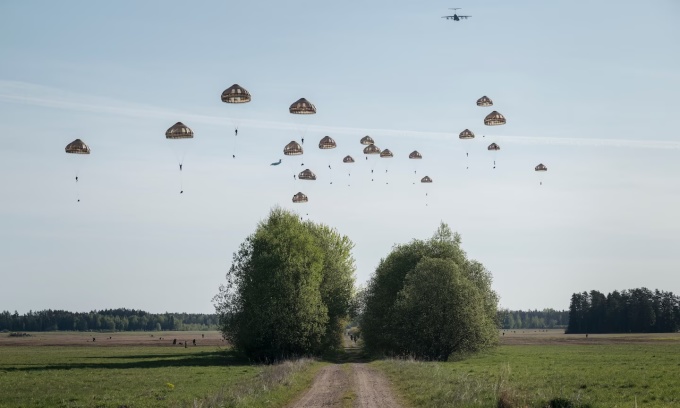
French forces parachute into Viitna, Estonia, during a military exercise on May 20. Photo: Washington Post
Germany, which is in charge of the Lithuanian task force, has resisted calls to create a permanent brigade there, saying it would be more sensible to keep the reserve force on German bases. According to a German military spokesman, they have sent 20 soldiers to Lithuania as the “forward command group” of an additional brigade. Nearly 6,000 more could be deployed “if necessary and at the shortest possible time.”
Lithuanian officials counter that due to the country's geographical location, if conflict broke out, Russia could quickly neutralize a small NATO task force without reinforcements arriving in time.
NATO has also not been able to complete its plan to accelerate the deployment of troops to the eastern flank.
Secretary General Stoltenberg made headlines last June when he announced that NATO would create a rapid reaction force of 300,000 troops, up from 40,000 previously, to be able to deploy quickly if conflict broke out.
The announcement seemed to surprise some European defense officials, who wondered where NATO would get such a large number of troops from. NATO officials later had to explain, saying the 300,000-troop figure was only an idea and could be negotiated further.
Tomas Jermalavicius, head of research at the Estonian Center for International Defense and Security, recently commented that NATO's move was like "the train leaving the station before the tracks are laid."
Estonia’s prime minister is calling on other allies to follow his lead and increase military spending to 3% of GDP next year. But many countries are still falling short of the NATO target of 2%. Some countries are hoping “that the problem will go away without them actually having to invest in defense,” Kallas said.
Analysts say that to provide a credible deterrent and defense, NATO will need to invest in military logistics. The problem in Europe today, according to General Hodges, is that they do not have the number of trains needed to transport armored vehicles or bridges and tunnels wide enough to handle modern combat vehicles.
He said NATO needed to create something like a "common Schengen military zone", which would allow NATO military convoys to "cross member states' borders as easily as a truck carrying apples".
Building trust is another key, according to Camille Grand, a former NATO assistant secretary general for defense investment and now a fellow at the European Council on Foreign Relations in Berlin, Germany.
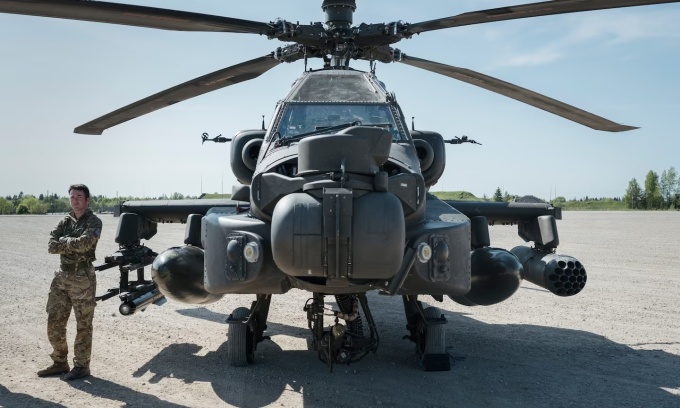
A British soldier stands next to an Apache helicopter at Tapa military base in Estonia. Photo: Washington Post
Grand said that the disagreement between Germany and Lithuania over the size of the standing force "is related to political and military trust". Lithuania is worried that in the event of a military conflict with Russia, German reinforcements could be delayed for political reasons.
Despite the challenges in its strategy to boost its defense capabilities, NATO spokesman Lungescu said the German military will this month train to increase its battle group in Lithuania to brigade level.
The alliance always tries to “strike a balance between the size of its military presence and the ability to quickly send reinforcements,” she said. “There should be no misunderstanding about NATO’s will and ability to defend its allies.”
Vu Hoang (According to Washington Post )
Source link


![[Photo] Panorama of the memorial service for former President Tran Duc Luong](https://vphoto.vietnam.vn/thumb/1200x675/vietnam/resource/IMAGE/2025/5/25/d33968481f21434fa9ed0df48b9ecfa9)
![[Photo] President Luong Cuong receives Lao Vice President Pany Yathotou](https://vphoto.vietnam.vn/thumb/1200x675/vietnam/resource/IMAGE/2025/5/25/958c0c66375f48269e277c8e1e7f1545)
![[Photo] Memorial service for former President Tran Duc Luong in Ho Chi Minh City](https://vphoto.vietnam.vn/thumb/1200x675/vietnam/resource/IMAGE/2025/5/25/c3eb4210a5f24b6493780548c00e59a1)
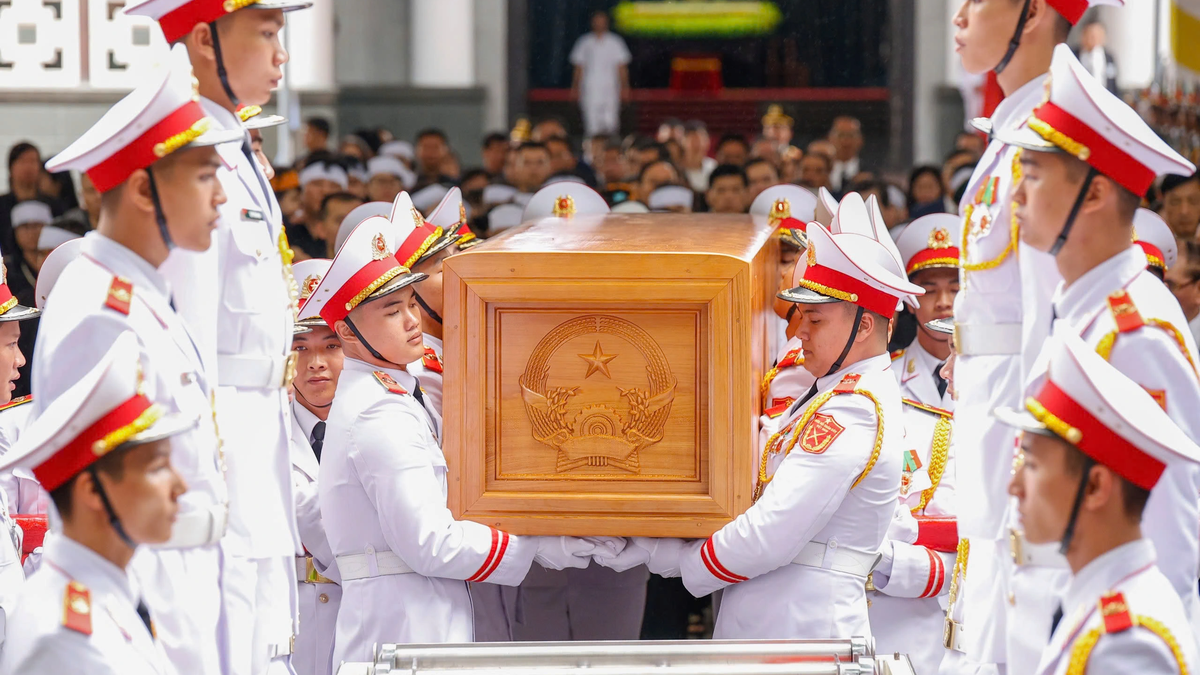
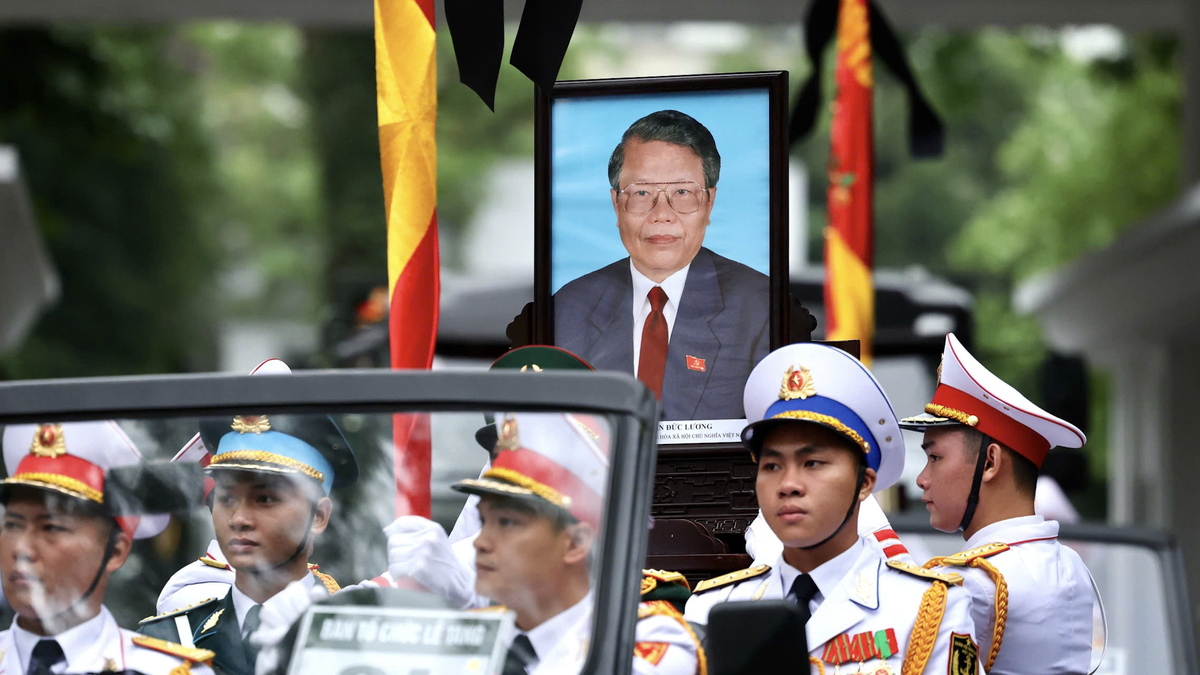
![[Photo] Prime Minister Pham Minh Chinh meets the Vietnamese community in Malaysia](https://vphoto.vietnam.vn/thumb/1200x675/vietnam/resource/IMAGE/2025/5/25/1f11d1256d7745a2a22cc65781f53fdc)
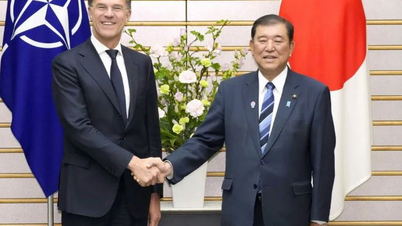

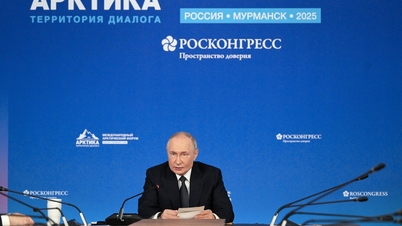

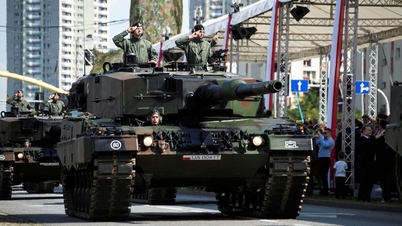
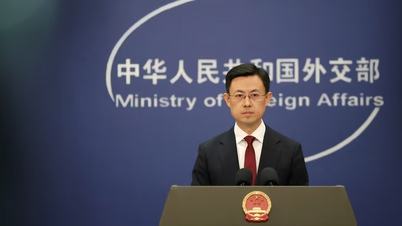

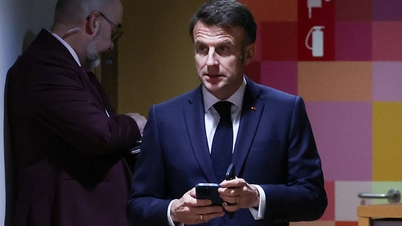
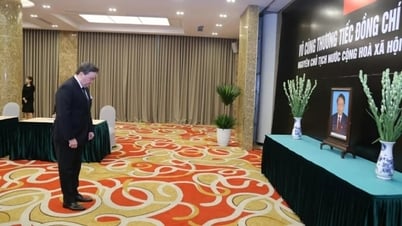

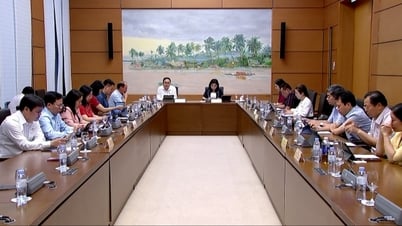
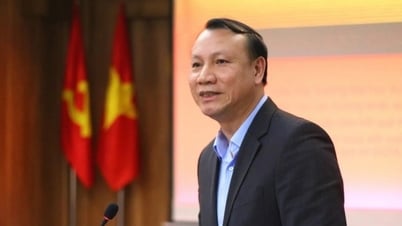
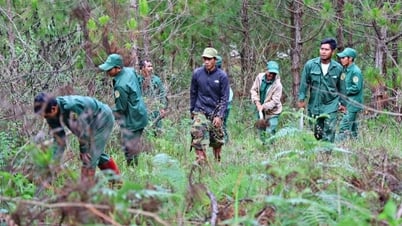
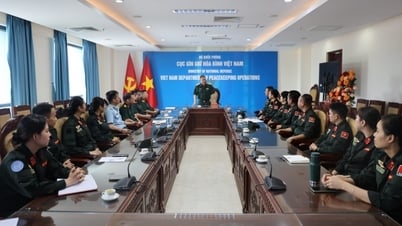
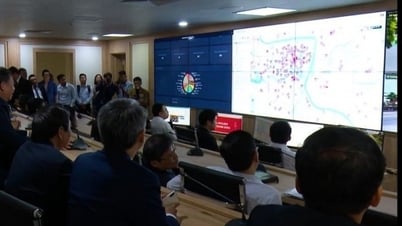







































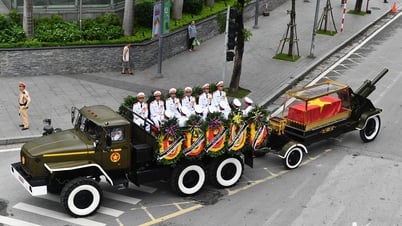


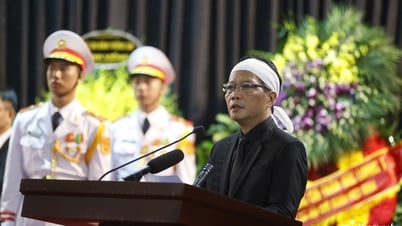
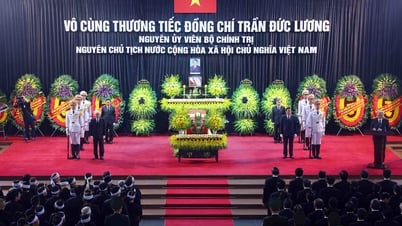
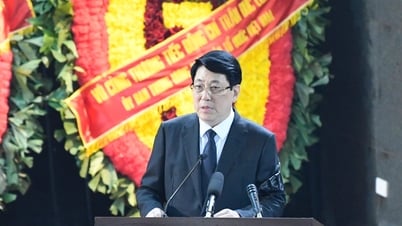








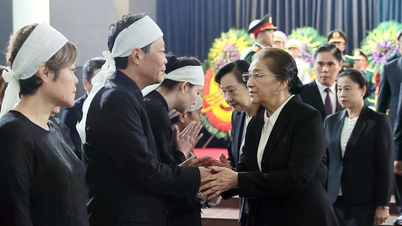


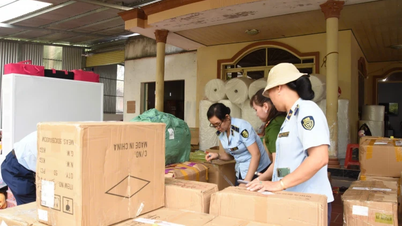




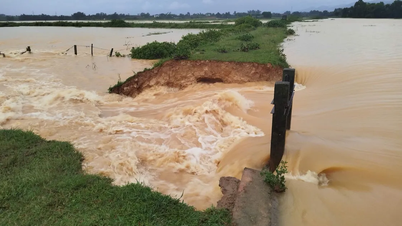



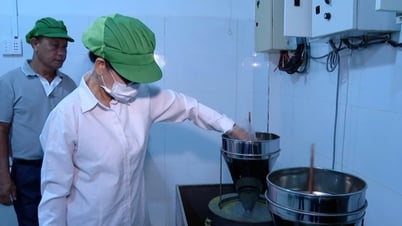





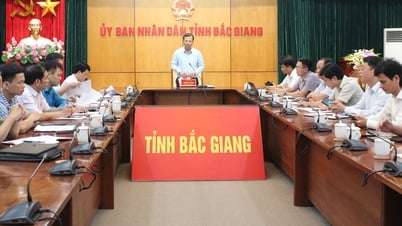



Comment (0)